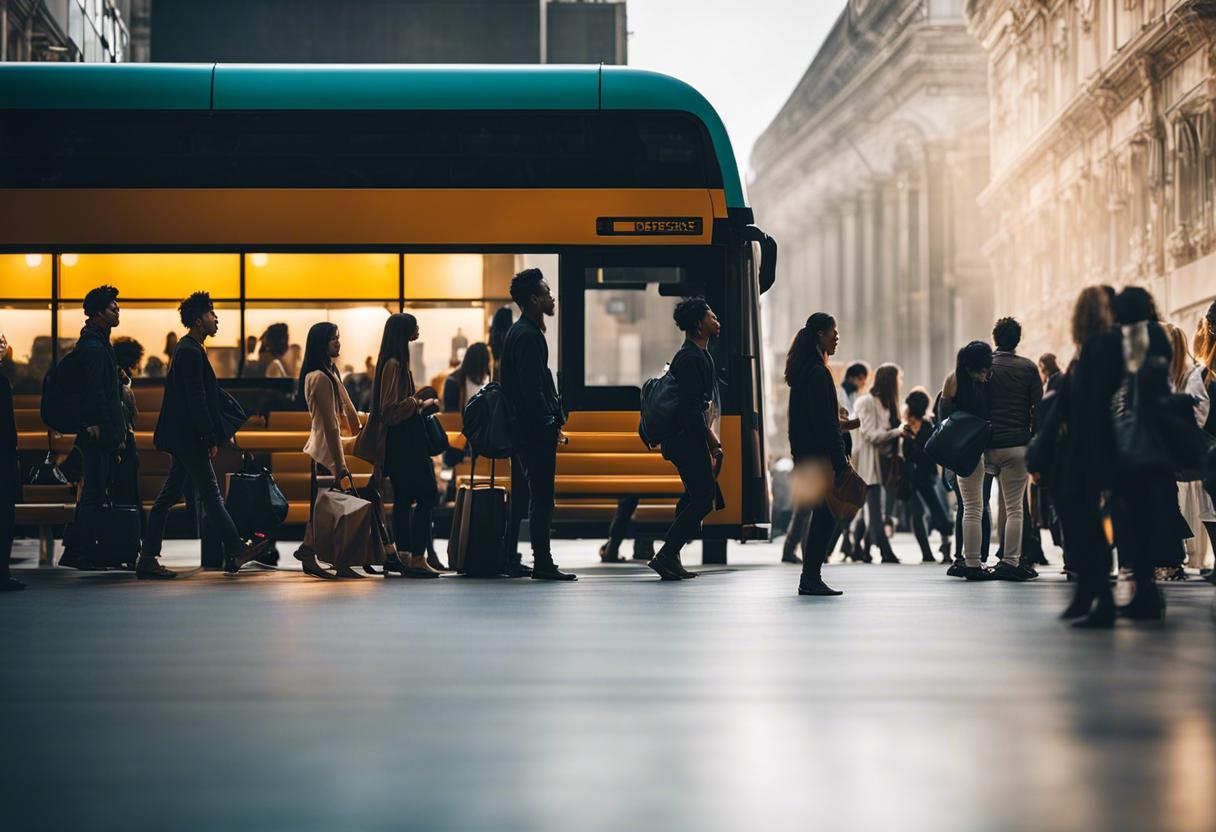Our journey to the Big Apple entailed a lot of lining up. We were obligated to form a line at Dublin Airport for security checks, which wasn’t too bothersome. However, lining up at JFK for security on our returning journey was terrible. Even after securing tickets ahead of time, we ended up joining lines to enter a majority of our projected destinations. There were times when the duration of waiting outside surpassed the actual time spent inside.
As we roamed around Manhattan, lines were prevalent: from stores and eateries to tourist hotspots. Even for the latest sneakers or cap on sale, or an opportunity for a selfie with a well-known local, there was a line. One study revealed that Americans dedicate 37 billion hours annually just waiting in lines.
It’s not to say that they relish these waits. No one does. Waiting lines are tiresome, tedious and they seem to slow the passing of time, especially if accompanied by a child tirelessly enquiring about the end. Some of the lines we partook in were fairly orderly whereas others craftily deceived us into thinking we were at the end only to discover a larger line concealed around a bend. We constantly heard disgruntled murmurs of poor organization, but no one was sufficiently unhappy to actually abandon the line.
There was one incident that caused a bit of a commotion when a group, presumably from a country where queuing isn’t customary, tried to sneak to the front. The staff managing the line promptly intervened and guided them back to their designated place. The remaining line-members, mostly Americans, made no objection other than to mention that, in certain countries, lining up isn’t a cultural practice. I find this rather baffling. Even if one originates from a place where boarding a bus turns into a battle, it’s implausible that one would visit the US, Ireland or Britain oblivious to the norm of queuing. It’s akin to visiting Berlin and expressing surprise that German is the spoken language.
In the end, queuing is more than just established etiquette. As mind-numbing as it may be, it reflects the society where it occurs; it tells a lot about how that society perceives itself.
In the line poised to board the ferry for Ellis Island – remembered for being the arrival point for millions of migrants awaiting their turn for health screenings and onward processing – an attempt to cut in front was noted. The brief journey across the water offers passengers an account via loudspeaker about the liberty and opportunity which previously awaited newcomers on the island.
Currently, Ellis Island houses a museum which displays an intricate history, despite its designation as The Peopling of America Centre. The museum acknowledges that prior to the arrival of the first Europeans, a population already existed. Unfortunately, these indigenous people did not benefit greatly in the long run. An in-depth exhibition explains how resistance movements sprang up with each wave of incoming migrants, endeavouring to exclude them or prevent them gaining American citizenship. The criteria for what was deemed “non-American” hinged partly on ethnicity and largely on the timing – those who arrived later in history were not welcomed.
Back on the Irish home front, as a new school term begins, my youngest daughter asks routinely each morning to confirm our departure time. She has a preference for setting off early allowing her to secure her place at the front of the line. Once there, she has the flexibility to join her friends further back. The concept of moving forward in line, however, is not a possibility. Even at a young age, line-cutting is seen as a faux pas. The queue, essentially, symbolises egalitarian values, built around the ethos of fairness, offering everyone an eventual opportunity for admission.

